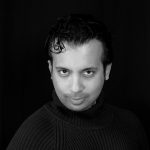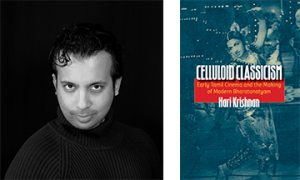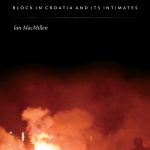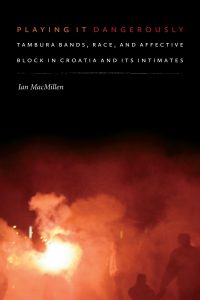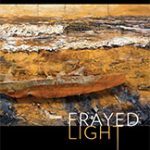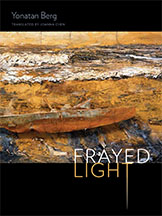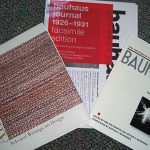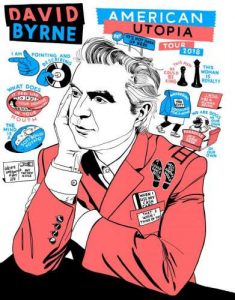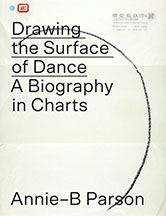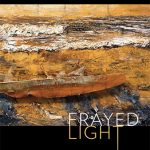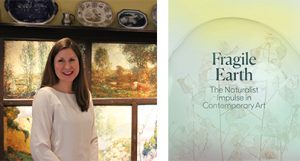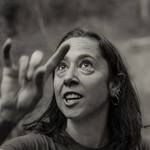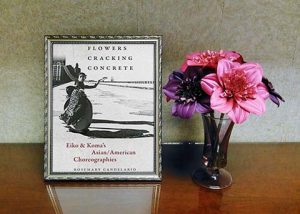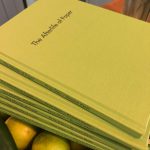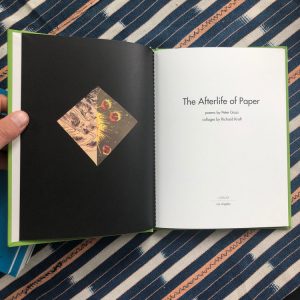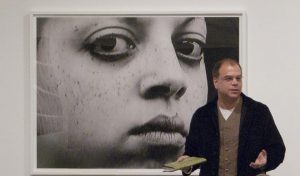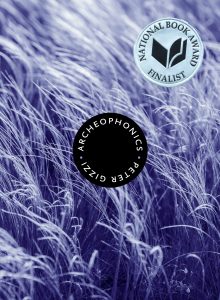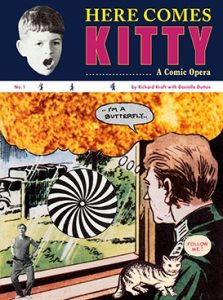Joanna Chen, the translator of Yonathan Berg’s Frayed Light, recently penned an essay detailing her experiences working on the book and what brought her to the project in the first place.
Listening to the Voice: Translation of Frayed Light
An essay by the translator Joanna Chen
Frayed Light began four years ago, when poet Rachel Neve Midbar asked if I could translate some poems by Yonatan Berg for Transatlantic Poetry, an online program that paired up poets from all over the world. Berg had been matched with US poet Jericho Brown; each would read his poems and then answer questions live on social media. “So,” Neve Midbar said, “do you have time?” “Only if I love the poems,” I told her. Because translation is first and foremost a labor of love, and I use the word labor deliberately: translation is hard work, holding each word up to the light, examining it thoroughly in the source language and then moving it into phrases, lines and line breaks, and stanzas. It can give birth to books that straddle continents and help us understand other people’s lives better.
Cynthia Ozick once said that translation is a lens through which underground cultures are revealed, and she is so right. As I read the slim batch of poems Neve Midbar emailed to me, I discovered a world I knew very little about: Berg’s upbringing on a fervently religious Jewish settlement in the occupied territories, an upbringing he later questioned; his military service as a combat soldier in the Israeli army and his resulting PTSD; his complicated relationship with a God who has not always made sense to Berg but whose precepts are forever ingrained upon his soul; his resulting views on the precepts upon which Israel came into being. This world, I thought, was something I wanted to understand so that others could understand it better, too.
I asked Berg to read a few of his poems to me out loud. I have always found it instructive and revealing to first listen to the poets I translate. We met in a café on the campus of Tel Aviv University, where I was teaching that day. We ordered coffee, talked a little and then Berg began reading. I was mesmerized. Berg has a steadfast voice, like thick honey pouring slowly out of a jar. He reads confidently and quietly. By the time he finished reading, I was hooked. We parted company and I began translating his poetry that very night.
The Hebrew language is a particularly multi-layered one. So many words and phrases have their own biblical, cultural and social connotations, not to mention political; the work of translation is to relay these connotations without compromising the lyricism and without jeopardizing the tone. The poems, transformed into the target language, must breathe with a life of their own, but an echo, a glimmer of the original should remain in the air.
I translated a short cycle of poems for the program and then met once more with Berg, this time in Bookworm, a café in downtown Tel Aviv, a favorite of writers. I arrived early enough to browse through the books on display, including Berg’s. He has published three books of poetry to date. We made lists of poems each of us deemed important and we discussed many of the poems at length. This, I was sure, would be a brand new book curated from the vast quantity of material at my disposal.
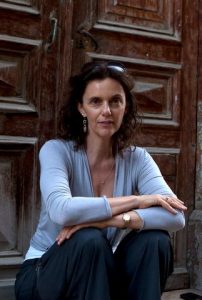
Frayed Light gradually came into being. I began with the more personal poems—about his parents, the Palestinians he passed on his way to school as a child, his sorrow at the death of a close friend—then moved on to poems that consider the quintessential psyche of Israel. Through it all I listened to Berg’s voice and asked myself whether that voice still rang true in English. I translated poems in the kitchen of my home in the Ela Valley, on the fourth floor of the Hebrew University library; at a café in the UK, when my aunt was ill and I had traveled to be with her; on the train to and from Tel Aviv. Foremost in my mind was whether the people who sat in my vicinity, drinking coffee, working on papers, going about their lives, would be interested in listening to the voice that emerges from these poems.
Toward the end of this process, Berg and I met several times in the National Library in Jerusalem to hammer out the last cycle of poems. Part of this process included cutting or inserting words and phrases, adjusting line breaks and shifting stanzas so that the English language reader might read with ease. For example, in “Particular Timing”, a meditation on devotion and a search for meaning, we considered how to preserve the mention of shaharit, mincha, aravit (the essential morning, noon and evening Jewish prayers) without losing the delicate rhythm and ambience of the source language. Finally, the words “daily prayers” were interposed, affording readers context and background without relying on footnotes or appendixes.
Sometimes, titles were altered. One example is “The End of Naïveté”, a poem entitled “The End of Israeliness” in the source language. I wanted it to encompass more than just Israel and I felt that the content warranted it, so I kept the essence of the title, that illusions have fallen away in today’s world and that the precepts upon which we have built our lives are not flawless. This idea, to draw readers in to a shared, accessible experience, guided me throughout.
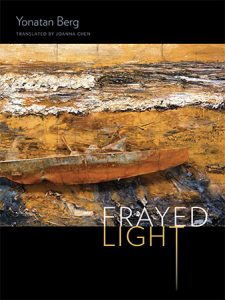
Finally, we printed out all the poems and laid them out on a huge wooden table in one of the seminar rooms of the National Library. The titles of each of the five sections are taken from fragments of poems in other sections, to suggest the interweaving of themes; even the title of the book, Frayed Light, was lifted out of one of the poems, one of the earliest I translated, about an incident Berg experienced while serving as a combat soldier. It seemed to me to contain the whole book: the light that streams through an intense consciousness of life’s vicissitudes.
I am proud of this book. I enjoyed working on it and I’m excited to see it coming to life in the hands of people all over the world who speak English and who have the chance to understand Berg’s unique and enduring perspective on a very different slice of the world around us, part of a world which we all share.
# # #
About Joanna Chen
Joanna Chen is a British-born writer and translator whose work has been published with Poet Lore, Guernica and Narratively, among many others. She writes a column for The Los Angeles Review of Books. Chen’s translations make Hebrew and Arabic texts accessible to an English-speaking audience. As well as Frayed Light, she translated Less Like a Dove (Shearsman Books 2016), a collection of poetry by Agi Mishol, and My WIld Garden (Shocken), a work of non-fiction by Meir Shalev, forthcoming in 2020. Her translations have appeared in Poetry International, Asymptote, Consequence, and elsewhere. Read more at www.joannachen.com
